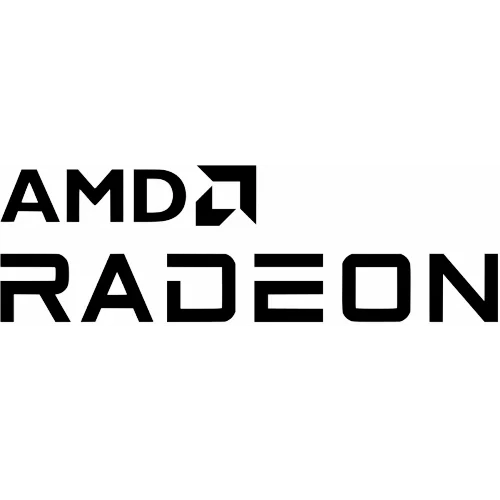Zink OpenGL-On-Vulkan Development Now Being Done On RADV With Navi GPU

Blumenkrantz, who is now being funded by Valve as another Linux graphics driver developer and at least for now will continue devoting significant amounts of time to Zink, has switched his development system from using Intel graphics with the ANV Vulkan driver to now in large part using a Radeon RX 5700 XT "Navi" graphics card with RADV.
Zink itself is designed to run on any Vulkan driver implementation but, of course: bugs. Blumenkrantz has been primarily developing and testing with the Intel ANV driver previously and comparing the OpenGL performance to that of the Intel Iris Gallium3D driver. But now with developing on Radeon with RADV will allow better exposure there for any issues that may exist as well as ensuring good levels of performance.
In changing things up and developing with the Radeon GPU, he already fixed a "major issue" around the Vulkan barrier usage with Zink. Due to the ways RADV handles barriers rather than Intel ANV's rather lax barrier support, he has already improved the Zink code on that front.
He has also been working with other RADV developers -- including some of which are also funded by Valve for their open-source graphics work -- and that has already resulted in some pending merge requests for fixing Zink issues.
Details can be found on Mike's blog but long story short this should yield better Zink support on Radeon moving forward -- and better portability in general with at least the Intel ANV and Mesa RADV drivers having better exposure and testing. It may also help uncover other general areas of optimization within RADV/ACO. It will also be interesting to see how well Zink on RADV compares to using the RadeonSI OpenGL driver where as on the Intel side for some tests are indeed in the 90%+ range.
Upstreaming the hundreds of patches accumulated over the past several months of OpenGL 4.x tackling and performance optimizations for Zink is now a focus and they hope to have most of that hit Mesa 21.0 before year's end. Once more of that work is mainlined I'll be through with some fresh Zink benchmarks as well.
23 Comments

